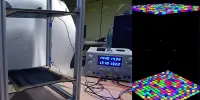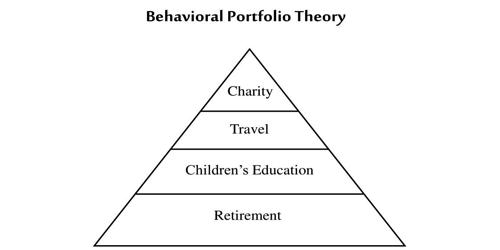According to vice, researchers have developed a winged microchip the size of a sand grain that could be the world’s tiniest flying technology. According to an article published in Nature, they’re designed to be transported by the wind and might be utilized in a variety of applications, including illness and air pollution surveillance. At the same time, they might be manufactured of biodegradable materials to avoid polluting the environment.
Spinning seeds from cottonwood and other trees inspired the design of the flyers. Those fall slowly and spin like helicopters, allowing them to be picked up by the wind and spread far from the tree, increasing the species’ range. Northwest University took the concept and improved it, making it smaller and more manageable. Professor John A. Rogers, the study’s principal author, said, “We think we’ve overcome biology… we’ve been able to design structures that fall in a more stable trajectory at slower terminal velocity than equivalent seeds.” “The other thing was that we were able to create helicopter flyer structures that were far smaller than seeds seen in nature.”
However, they aren’t so small that the aerodynamics begins to break down. “All of the advantages of the helicopter design start to fade below a certain length scale,” Rogers told vice. “So we pushed it all the way, as far as you can go or as physics will allow.” “Everything looks and falls like a sphere below that size scale.”
Electronics, sensors, and power sources can all be carried on the gadgets. The researchers experimented with a variety of models that could contain payloads such as antennas and wirelessly communicate with a smartphone or each other. Air acidity, water quality, and solar radiation might all be monitored using other sensors.
The flyers are still concepts and will not be launched into the environment, but the team intends to expand on their discoveries with new designs. The utilization of biodegradable materials, which do not survive in the environment, is crucial.
“We don’t conceive of these devices… as permanent monitoring components, but rather as temporary ones that are addressing a specific requirement for a certain period of time,” Rogers explained. “That’s how we’re thinking about it right now: you monitor for a month, then the gadgets fade out, dissolve, and disappear, and you might have to redeploy them.”
















